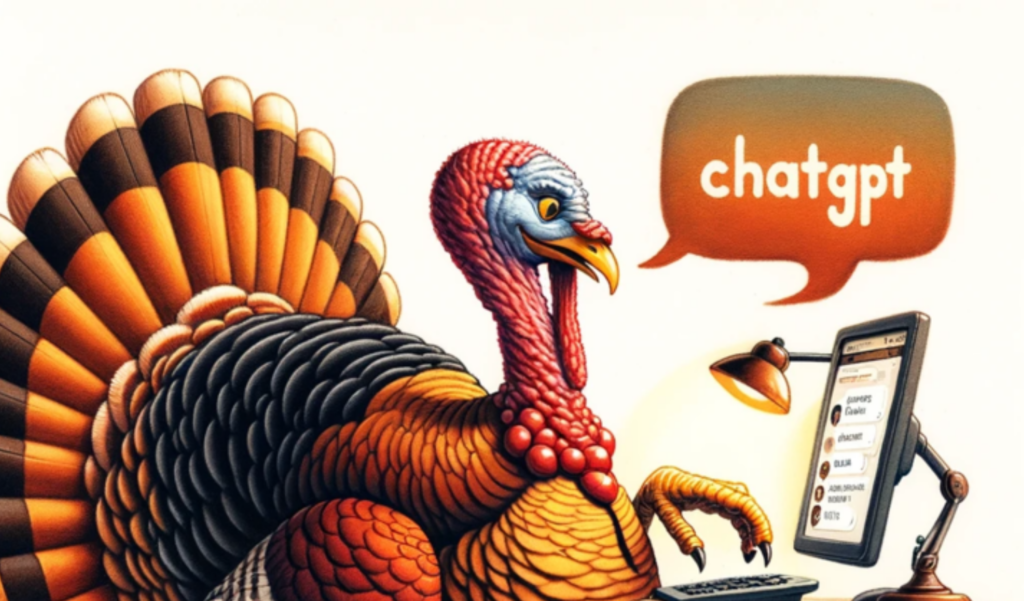Insights on markets, emergent trends, history, innovation, risk management, global economics, strategy, policy, and other topics that catch our attention. Inspired by ongoing research, conversations and events. Written and edited by Osbon Capital Management and published every Thursday morning.
"*" indicates required fields
Fed, $1B, Private Markets
Fed + Inflation Interest and inflation are still the dominant market factors, and yesterday, the Fed decided to keep rates at 5.5%. Inflation has trended down, but the Fed has paid a hefty price to raise rates and does not want to cut too early. As of today, the futures market expects no cut in March but a 99% chance…
Goodharts Law, FANG VC, Custody Milestone
Goodhart’s Law Last week, one of the data providers for Truflation’s real-time inflation tracker made a small but significant adjustment to their historical data set. That adjustment pushed Truflation’s US inflation reading from just above 2% for 2024 to just below 2%. While I’m sure the adjustments are justified, I can’t help but feel a bit disappointed that the 2%…
Stats, Bulls, Evolution
Stats While the end of Q4 2023 was primarily focused on the victory in the fight against inflation, the expectations for rate cuts were too optimistic. The story for Q1 2024, at least for now, will be the market digesting the reality that there may be just two rate cuts in 2024. That’s down from the six rate cuts predicted…
AI, Robotics, Diversification and Optimism
AI + Robotics DeepMind had a great post last week about AI and robotics and their new models. I liked their comments about prioritizing layers of safety. While I’m not worried about AI generally, I don’t want untrained robotics swinging around and confusing me for anything other than a human. The ChatGPT store opened yesterday, and the most popular app…
2024 Outlook Commentary
2024 will bring more positive novel surprises. New years always do. In 2023, it was the dramatic acceleration in AI, which touches nearly every industry, and the early stages of an answer to the obesity epidemic with GLP-1s. Here is a list of what’s on our minds going into 2024: The Misery Index is down significantly The Misery Index…
2023 Review, Private Markets, Nuclear
2023 Review Rates are notoriously tricky to predict. With that said, rates across the board are solidly trending down. The US inflation rate has also trended lower since its peak in May 2022. The most significant and slowest portion of the inflation rate (Consumer Price Index) is shelter (rent), which shows signs of a sustained drop. The Zillow Rent Index…
Private Markets, Nuclear, Japan Population
GDP Mea Culpa Last week, I wrote about the substantial US GDP growth we’ve experienced since Covid. I mistakenly referred to the 5.2% Q3 growth figure as “nominal” instead of “real”. This means the GDP growth rate comments I discussed last week are higher and, therefore, even more positive on both a real and nominal basis. Private market valuations…
GDP Growth, Inflation By Choice, XPrize
GDP growth is fairly substantial GDP is used as the topline scorecard for a country’s economic health. This week US Q3 2023 GDP was revised up to 5.2%, up from 4.9% on the first announcement. The third and final revision will be in December. People generally respond positively to round numbers and seeing a number over 5% is a positive…
AI Comments Going Into Thanksgiving
AI Comments After a dramatic week for the tech world, Sam Altman appears to be returning to OpenAI. OpenAI is the only company to deploy AI tools for the consumer market successfully, and they’ve been ahead of the innovative curve for at least a year, if not longer. The scarcity of companies like OpenAI forces investors to accept terms…










